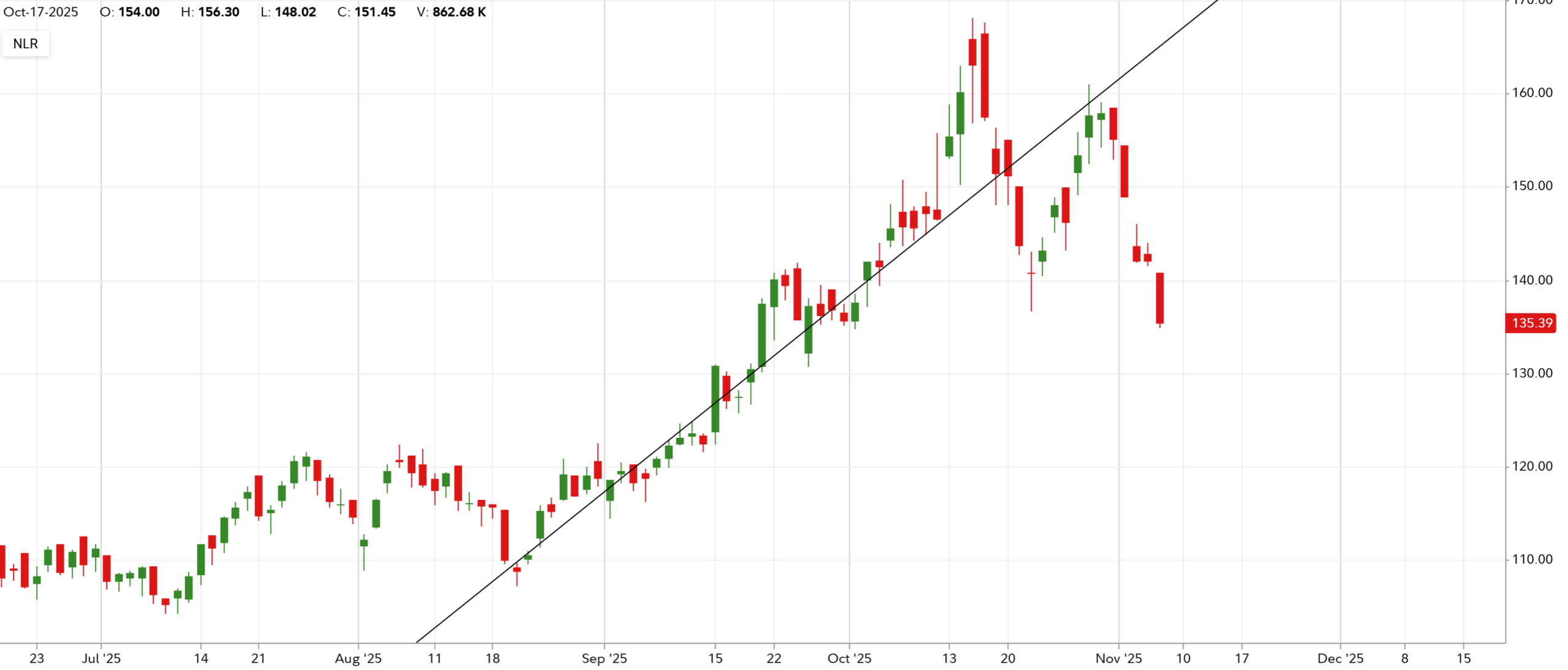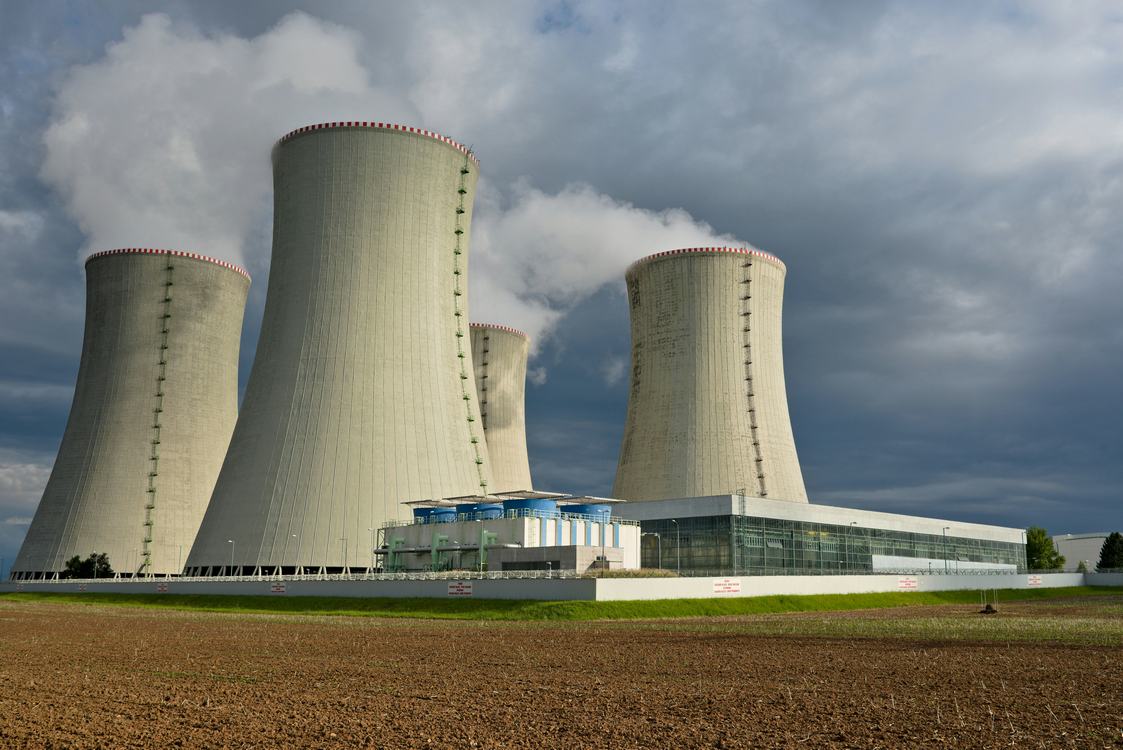More closely linked to political decisions than any other commodity or energy security, uranium, and the energy companies that produce and run nuclear power plants, have seen sharp increases in value following major decisions by India, which maintains some of the world’s largest proven uranium reserves, and Japan, one of the world’s largest consumers of nuclear energy.
On August 13th, the Indian government changed existing policy to open up both uranium mining and importation to private firms in the hopes of powering an expansion in nuclear industry to supply the world’s most populous country and its ravenous growth rate.
The decision followed the Narendra Modi government’s announcement to expand nuclear power production capacity by 1,200% by 2047 back in April, and to welcome foreign investors to take minority stakes in power plants, according to Reuters. India contains half a million tonnes of proven uranium reserves, an increase of 200,000 from estimations made in 2019, and representing the 9th-most abundant of any country in the world. Several domestic conglomerates are already drawing up investment proposals along the lines of what the new regulations might come to permit.
The Van Eck Uranium and Nuclear ETF (NLR) gained 40% from the time India announced its new mining policy, and 149% from the April announcement on nuclear power expansion, when nuclear and uranium stocks were almost across-the-board in the duldrums. The spot price of uranium has gained 12% and around 25% respectively from the same times.
Then, in October, Japan elected its first female prime minister, Sanae Takaichi, who immediately called for a reduction in focus on renewable energy like solar and an expansion in both nuclear fission and fusion technology to make a play for 100% energy independence. Japan imports all its oil and most of its natural gas.
“She wants energy security over climate ambition, nuclear over renewables and national industry over global corporations,” Mika Ohbayashi, director at the Renewable Energy Institute, a think tank that promotes clean-energy use, told the Japan Times.
Similar comments were made in the US by Energy Secretary Chris Wright, which saw shares of uranium miners jump 9% and nuclear power stocks jump as much as 13% in September.

Feasibility future
Japanese nuclear energy stocks rose following the announcement. After the 2010 Fukushima reactor disaster, all 33 of the country’s fission plants were put on ice. Only 14 have been able to restart under new stringent regulations, while 19 remain idle. Even with the 14 in use, the country produces some 77 gigawatt-hours of power. With all 33 under operation, nuclear would supply around 11% of the country’s energy needs.
“The post-Fukushima regulatory framework and the local consent requirements are real constraints, whether justified or not, so investors should plan on multi-year timelines,” said James Walker, CEO at NANO Nuclear Energy Inc. “I believe the conversation is shifting from restarting massive, decades-old reactors to deploying smaller, safer, more flexible systems like small modular reactors and microreactors that are better suited to Japan’s geography and public sentiment,” the executive told WaL.
“These reactors have a far lower environmental footprint, can be built modularly, and integrate into industrial or regional grids far faster than legacy models. Certain advanced reactors also utilize fuels which eliminate the possibility of a meltdown, presenting a different prospect to the Japanese and eliminating the accident scenario that occurred at Fukushima”.
Although the domestic fission outlook improved, Takaichi put more rhetorical support than some felt reasonable behind nuclear fusion, a technology largely in its infancy. Nuclear fusion has been described by some as the “last” energy innovation, with proponents suggesting that if successful, whole countries could be powered by single machines that use the same form of combustion that powers our Sun, and no other forms of grid-level power would be needed any longer.

Even rosy estimations though put the success of this innovation, which has already come on in leaps and bounds this decade alone, further decades still into the future. Fusion development does however, carry benefits over to the world of fission, says Walker, as it can funnel talent, capital, and long-term R&D into the broader nuclear ecosystem.
Walker also suggests that Japan’s decision to dive headfirst into a nuclear future is the signal that uranium and nuclear bulls may have been waiting for, especially at a time when nuclear innovation and deployment has severely lagged in Europe.
“What’s different now is that governments, including the US, are taking tangible steps to secure domestic enrichment and conversion capacity, which gives the entire market a stronger foundation,” says Walker. “If Japan’s policy shift adds more long-term demand on top of that, it strengthens the case for sustained growth in uranium rather than short-term speculation”.
“Japan’s engineering expertise and safety culture are world-class, so if the new administration truly embraces next-generation reactors, the combination of US innovation and Japanese precision could be incredibly powerful”. WaL



